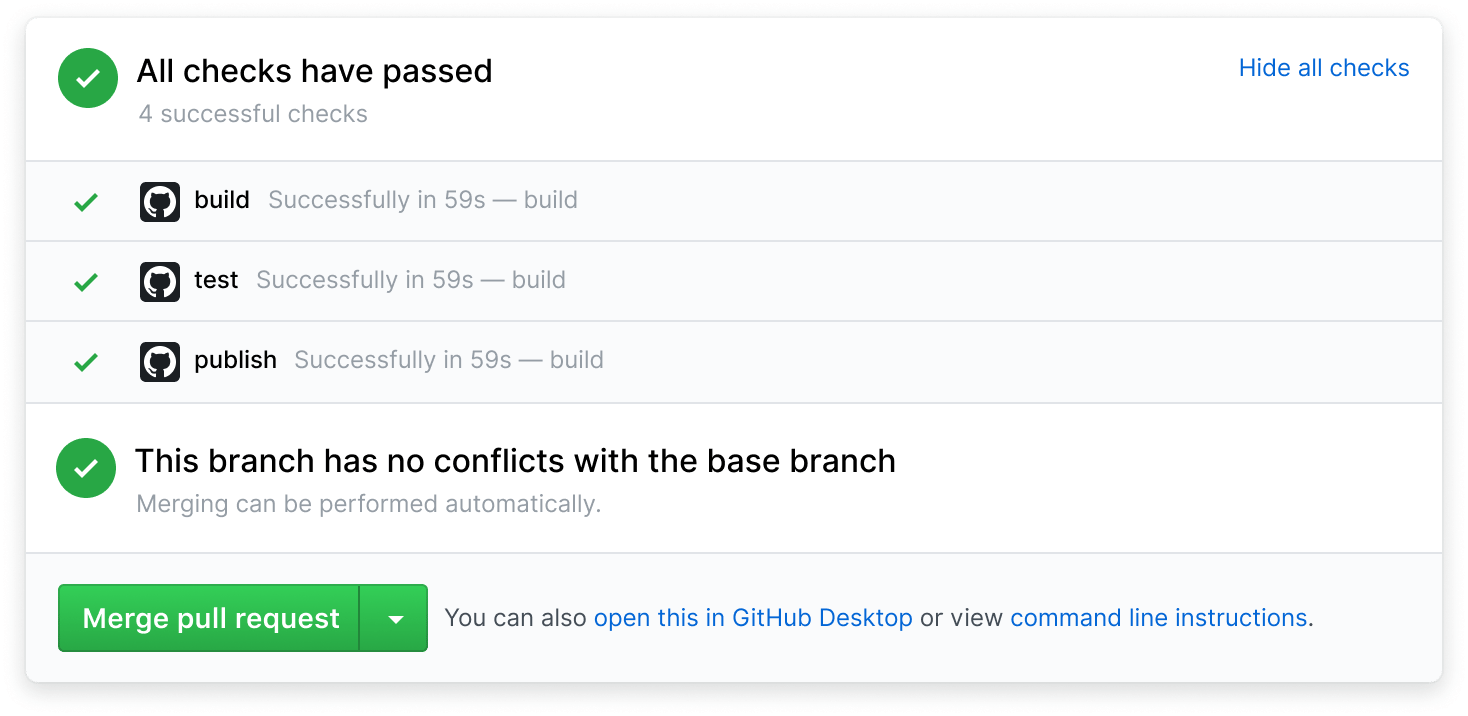GitHub Actions Marketplace is basically a giant library of pre-made workflow scripts. Instead of writing your own deployment, testing, or security scanning code, you can grab someone else's working solution and plug it into your project.
Here's the reality: most teams end up using the same 5-6 actions for everything. actions/checkout@v4 to pull your code, actions/setup-node@v4 to install Node, actions/cache@v4 to speed up builds, and maybe actions/upload-artifact@v4 to save build outputs. The other 19,990+ actions are there when you need something specific.

How It Actually Works
Actions come in three flavors: JavaScript actions that run directly on runners, Docker containers that bundle their own environment, and composite actions that combine multiple steps into one reusable chunk. JavaScript actions start faster but Docker gives you more control over dependencies.

The marketplace search is absolute trash - you'll probably find what you need by googling "github action [thing you want to do]" and ending up on someone's Stack Overflow answer from 2021. Once you know the action name, you copy the YAML from the marketplace page, paste it into your workflow file, and pray it doesn't break next week when they push a "minor" update.
I learned this the hard way when actions/setup-node@v3 silently changed its caching behavior in what they called a "patch update" and suddenly our 5-minute builds turned into 15-minute nightmares. The fun part? No deprecation warning, no changelog mention, just broken workflows across 12 repositories on a Tuesday morning. Now I pin everything to exact releases and only update on Fridays when I have time to fix the inevitable breakage.
Most actions follow the pattern of taking inputs, doing something useful, and optionally producing outputs. The GitHub Actions documentation explains the YAML syntax, though you'll learn more from copying working examples than reading docs. Check out the quickstart guide for your first workflow, and the workflow syntax reference when you need specific details. The marketplace search helps you find actions, and GitHub's starter workflows provide templates for common use cases.
Enterprise Reality Check
Big companies love GitHub Actions because it's already integrated with GitHub, which they're probably using anyway. No separate CI/CD system to maintain, no additional user management, and everyone's already familiar with the interface.
Enterprise features let you lock down which actions teams can use - because someone will inevitably try to use that sketchy action with 3 stars instead of the official one. You can also create internal actions for company-specific stuff you don't want public. The organization security settings let you control which actions can run, and repository rulesets can enforce specific security requirements.
The main gotcha is billing - those "free" minutes disappear faster than free pizza at a dev meetup. Windows and macOS runners cost 2x and 10x respectively, so most teams stick to Linux unless some asshole decided the app "needs" to support Safari specifically and now you're stuck paying $50 extra per month. Check the GitHub Actions pricing to see current rates and usage limits for your plan.
But how does this compare to the alternatives? The short answer: it depends on what kind of pain you prefer.



